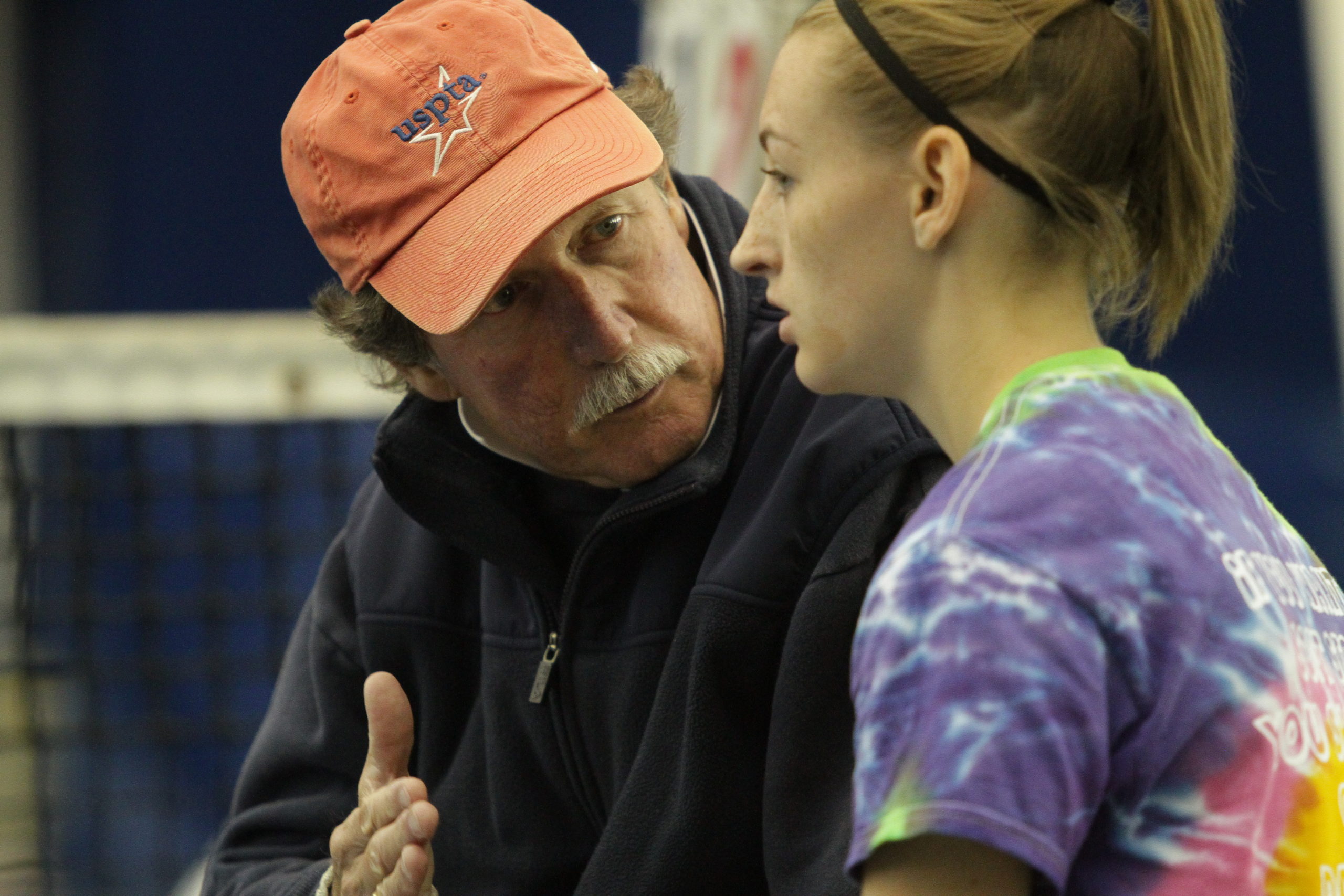
What Makes Educational Athletics Different
In a previous blog post I discussed the importance of “starting with why.” My “why” is centered on the belief that high school sports have the potential to make the world a better place. This “why” is what sets educational athletics apart from other youth sports opportunities. John Wooden has been attributed as wisely stating, “Yes, sports can build character. But they also can tear down character.” All youth sports have the ability to make a positive difference in one’s life, but when not properly executed, they can create scars that last a lifetime. For many of us, the memory of a single, specific negative event in sports weighs more heavily than years of positive growth and experiences.
Education-based sports are designed to facilitate growth among its participants, with other outcomes being secondary. Club-based sports are designed to further competitive skill, with other outcomes being secondary. With its ties to an educational mission and purpose, high school sports are led by caring coaches and organizations that focus on human growth and a definition of success beyond the scoreboard. This is the magic that sets educational athletics apart. Don’t get me wrong—there are certainly lessons to be gleaned from club, AAU, and Junior Olympics participation. But it is education-based athletics which provides the best workshop to facilitate valuable lessons that prepare adolescents for life, while at the same time avoiding the unintended consequences Wooden cautioned against. If not properly administered, sports have the power to be very damaging.
Lessons taught in real-time on the field, floor, court, rink, course, or in the water are not easily replicated artificially in a lecture, book, or classroom activity. Think of the seemingly endless life-skill situations that arise in the safety of a school sports environment. Here are just a few good examples I have witnessed or students have told me about when I asked them about their sports experiences:
- The ability to work with others (and even people we don’t like!)
The importance of successfully working with others is a skill needed throughout one’s personal and professional life, many times in stressful situations. - Resilience in a market-driven, competitive world
In addition to relationships, competition is an omnipresent force in adolescent life. Adolescents enter a very competitive world after high school. From college applications and scholarships, to the work place, politics, and economics—competition is interwoven into the fabric of American life; there are many contests to win that do not have a scorecard. - Handling criticism (warranted or unwarranted)
It doesn’t feel good and most of us don’t go looking for it, but properly receiving constructive feedback (criticism) is an important life skill which is difficult to acquire and even harder to practice. The relationships built between athletes and coaches in educational-athletics allow feedback to be delivered—and received—safely. - Dealing with stress and/or intense pressure
I watched a state championship softball game last year where, in extra innings with hundreds of people watching and the bases loaded, a pitcher had a 3-2 count on the batter…in two different innings! She pitched a strike both times (and her team won in the 10th inning). Where else could this type of pressure and stress be found in a safe environment?
This list goes on and on. One might say these life skills can be captured from any caring coach, and it doesn’t necessarily need to be a school sport to reap such great rewards. I would eagerly agree—a caring coach can make all the difference. This is also why education-based programs have a discernible advantage when considering the development of a student-athlete. Consider the chart below for comparison’s sake:

I’ll be honest, if the goal is a college scholarship or to become a professional athlete, the club option may be best. The problem is that less than 3 percent of high school athletes will ever receive a scholarship and the number who will play professionally is even smaller. On the other hand, if the goal is to have fun and prepare for a successful life—education-based athletics have a corner on the market!
